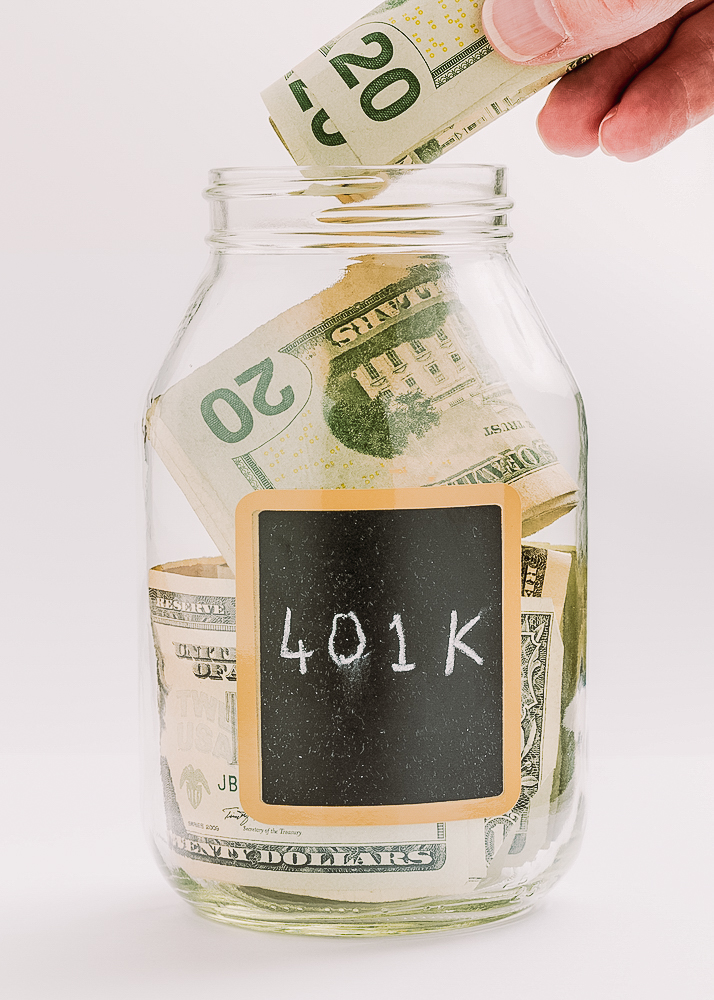Do I Have to Take an RMD from My 401(k)?
If you’re getting closer to retirement (or already there) you’ve likely heard the term Required Minimum Distribution (RMD). But do you really have to take one from your 401(k)? The short answer: Yes, eventually. But the details depend on a few key factors, including your age, whether you’re still working, and the type of 401(k) plan you have.
Let’s break it down.
What is an RMD?
An RMD (required minimum distribution) is the minimum amount the IRS requires you to withdraw from certain retirement accounts each year once you reach a specific age. The government wants to collect taxes on the money that’s been growing tax-deferred.
RMDs apply to:
- Funds in your 401(k) that have yet to be taxed
- Traditional IRAs
- Other employer-sponsored plans like 403(b)s and 457(b)s with pre-tax funds
When Do I Have to Take My First RMD?
As of 2023, you must start taking RMDs by April 1st of the year after you turn age 73. Starting in 2033, the age increases to 75.
Still Working? You Might Be Able to Delay
If you’re still working at the company that sponsors your 401(k) and you don’t own more than 5% of it, you may be able to delay RMDs from that employer’s plan until after you retire. This “still working” exception applies only to the current employer’s plan—not to old 401(k)s from previous jobs.
In other words…. You must be an active employee in the 401k plan.
What Happens If I Don’t Take My RMD?
Missing your RMD can lead to steep penalties. Previously, the penalty was 50% of the amount you should have taken. SECURE 2.0 reduced this to 25%, or 10% if corrected promptly. Still, that’s money better kept in your pocket.
Source: https://www.irs.gov/retirement-plans/retirement-plan-and-ira-required-minimum-distributions-faqs
How Are RMDs Calculated?
Your RMD is based on:
- Your account balance as of December 31st of the previous year
- Your age, according to IRS life expectancy tables
To estimate your Required Minimum Distributions (RMDs) and better plan your retirement withdrawals, use the free RMD Calculator from Investor.gov.
Planning Ahead
Taking RMDs is more than a tax requirement; it’s a planning opportunity. A thoughtful RMD strategy can help you:
- Avoid pushing yourself into a higher tax bracket
- Coordinate withdrawals with Social Security and other income
- Possibly convert some funds to a Roth IRA to reduce future RMDs
Yes, you do have to take RMDs from your 401(k) once you hit the required age—unless you’re still working and meet the exception.
But understanding the rules (and planning ahead) can help turn this obligation into a strategic tool for retirement income.
Let’s make your retirement plan work smarter – because retirement should be about freedom, not frustration.







